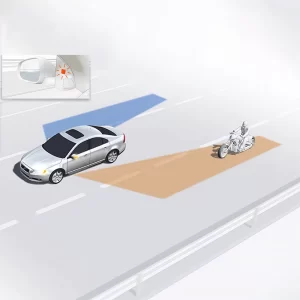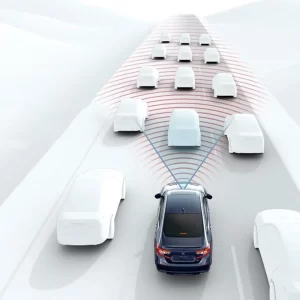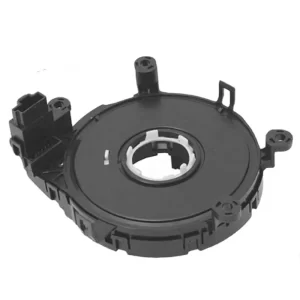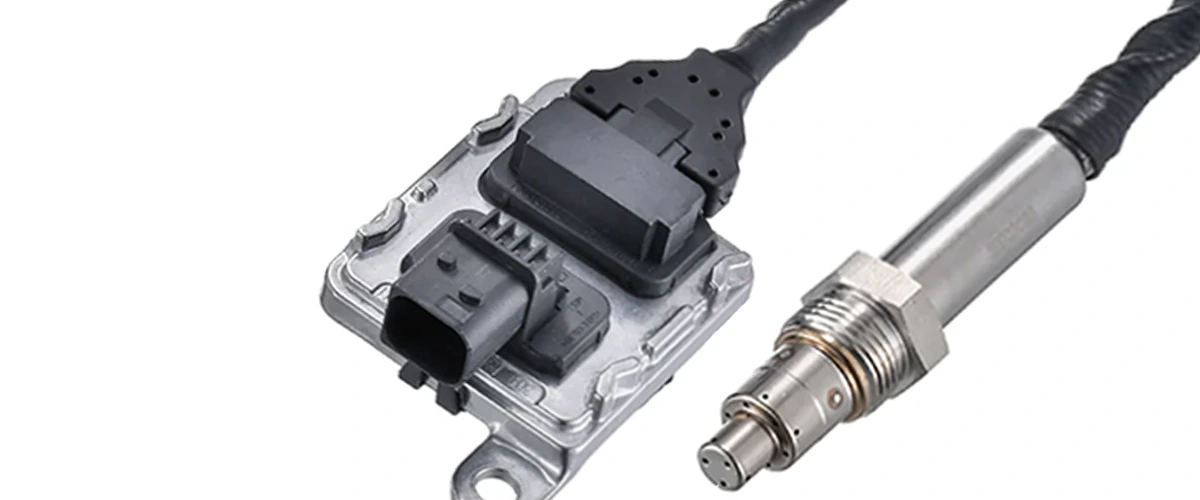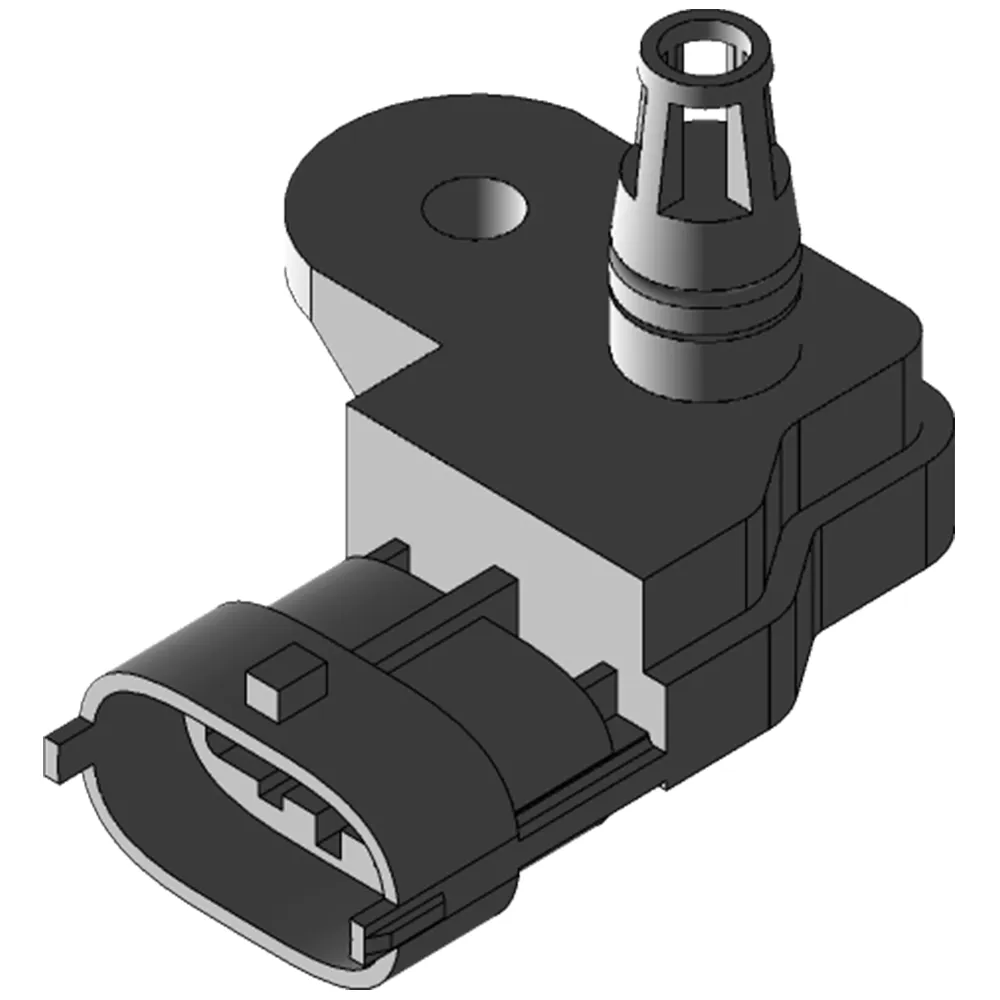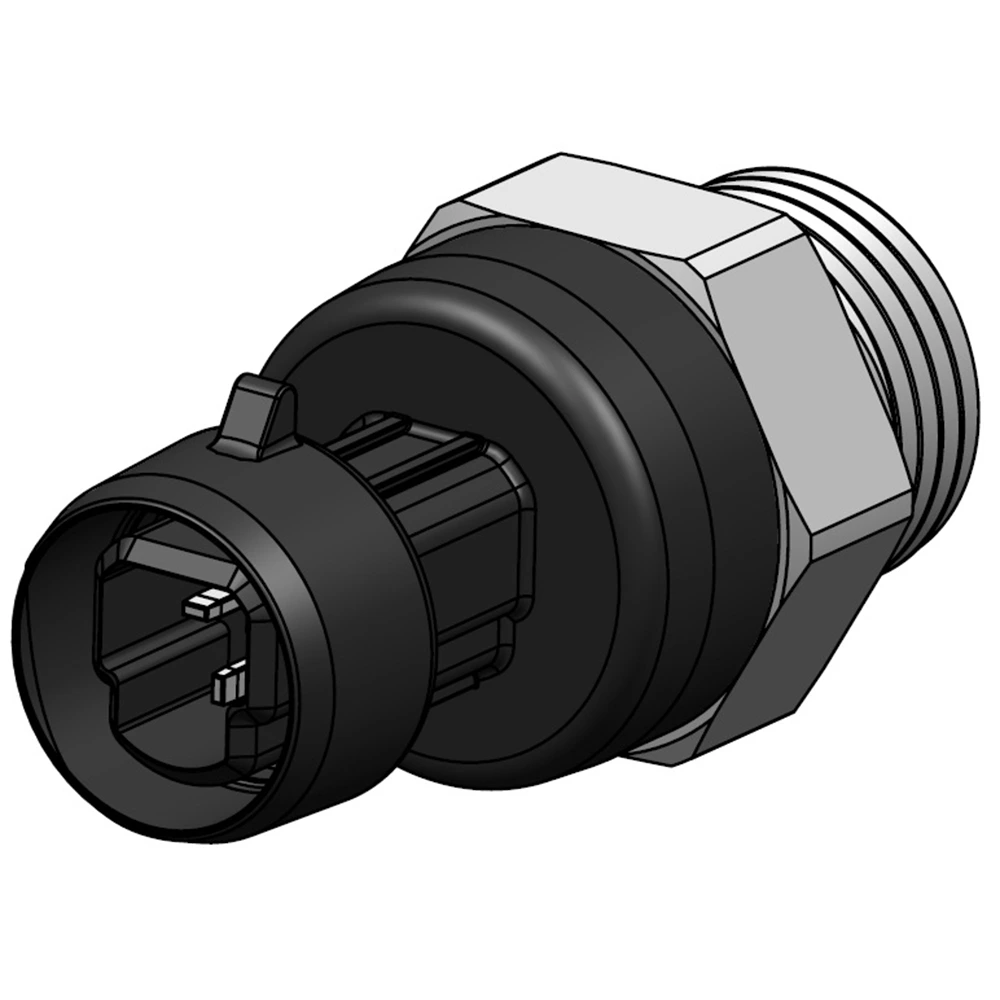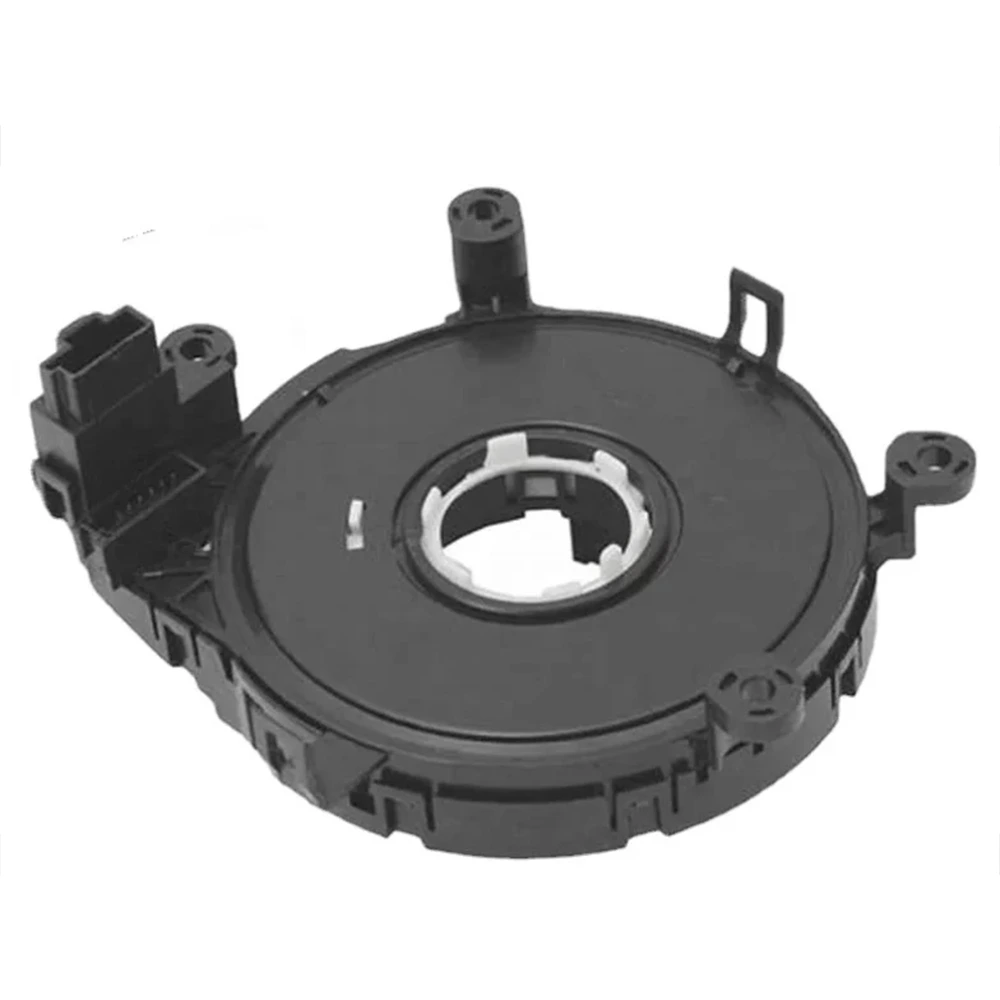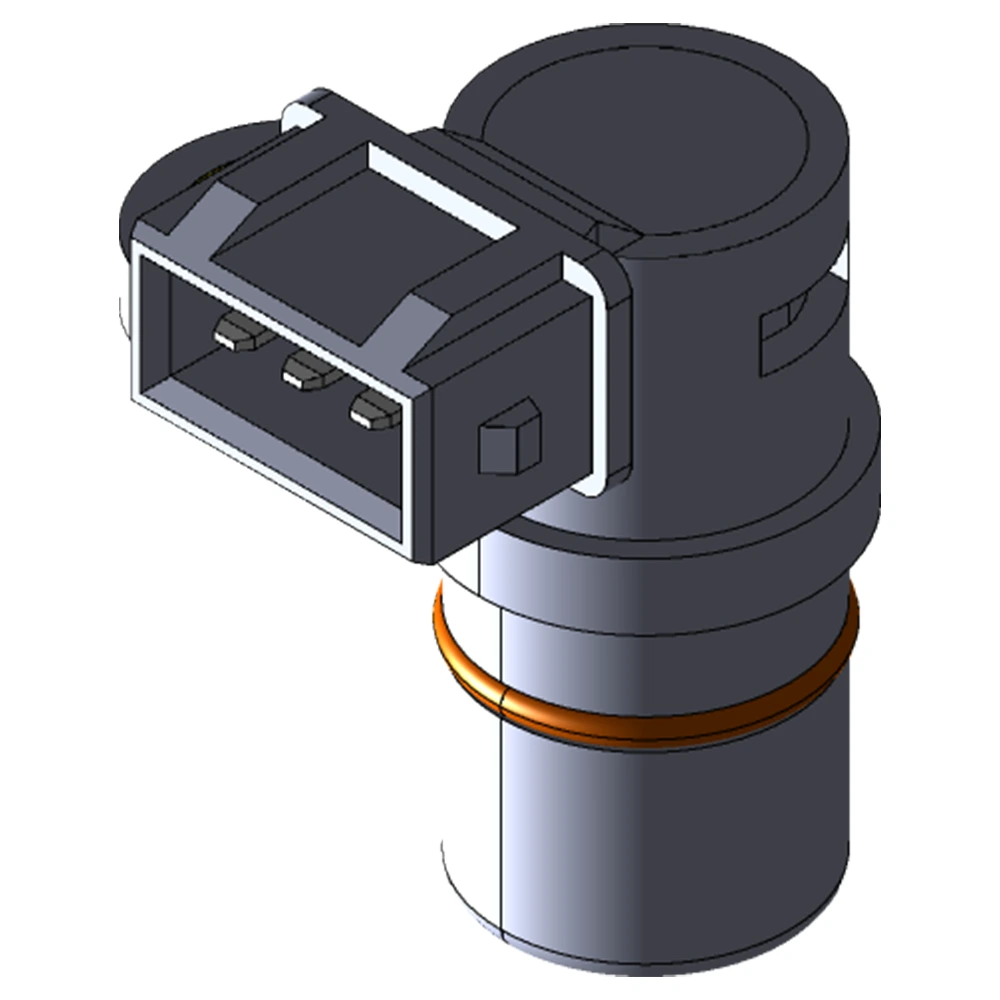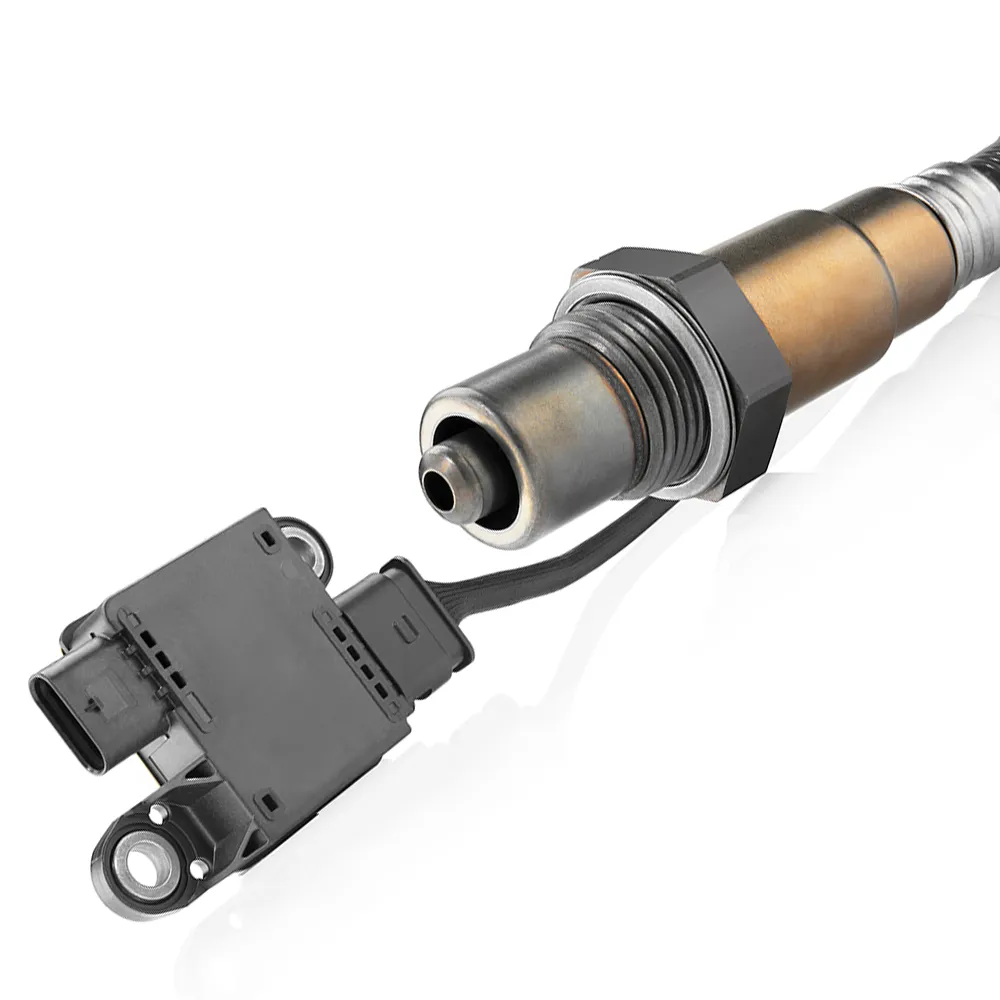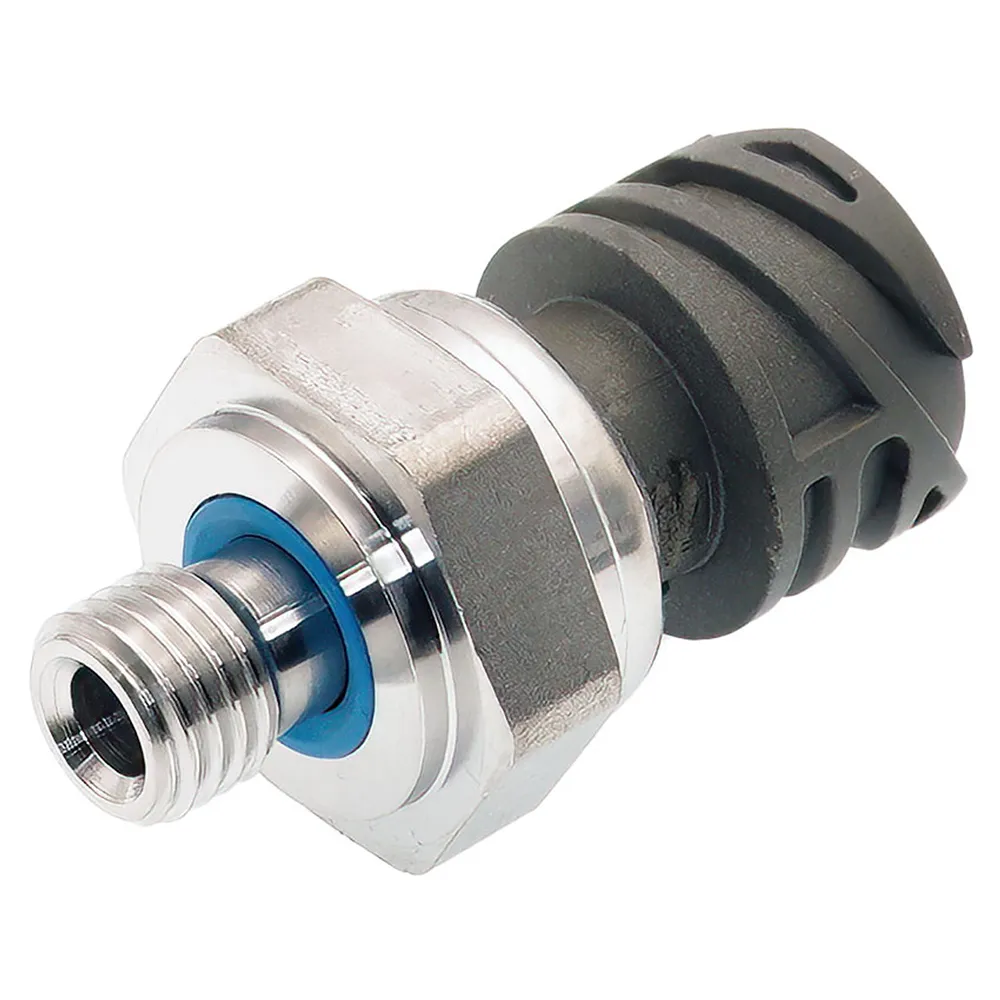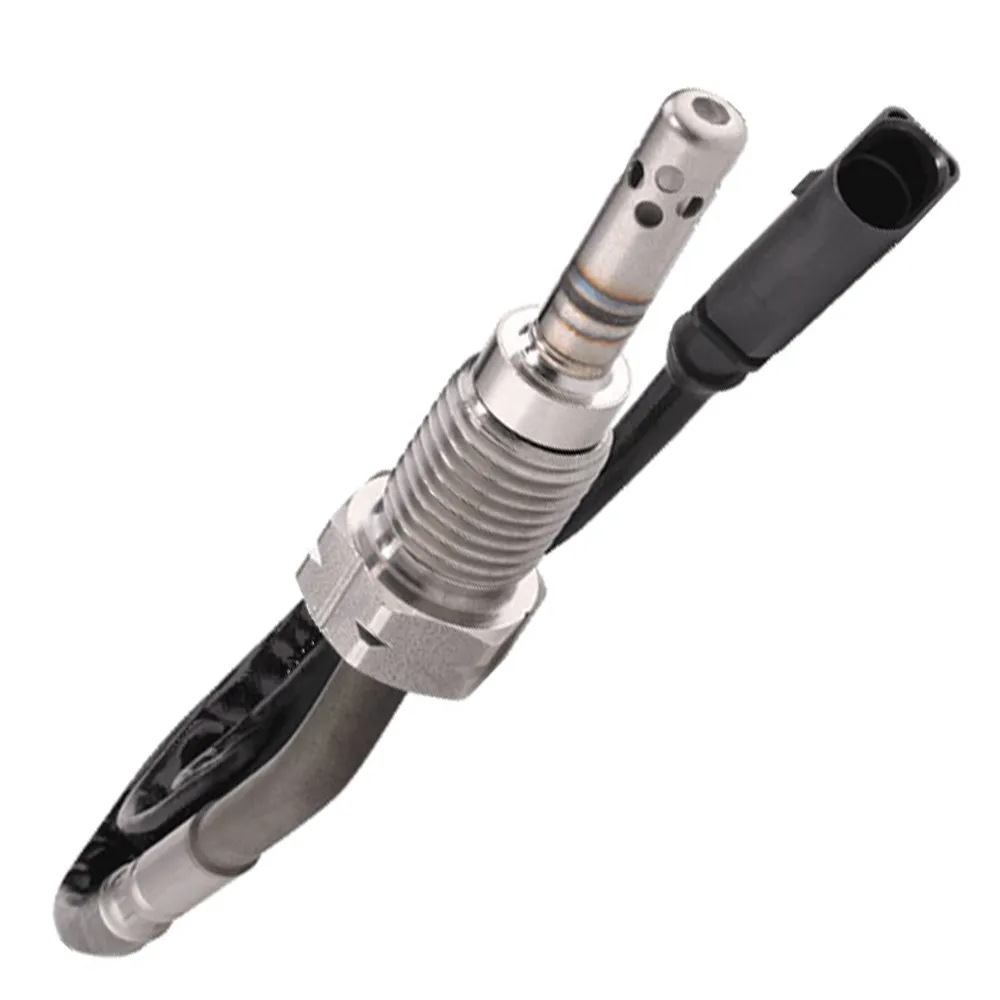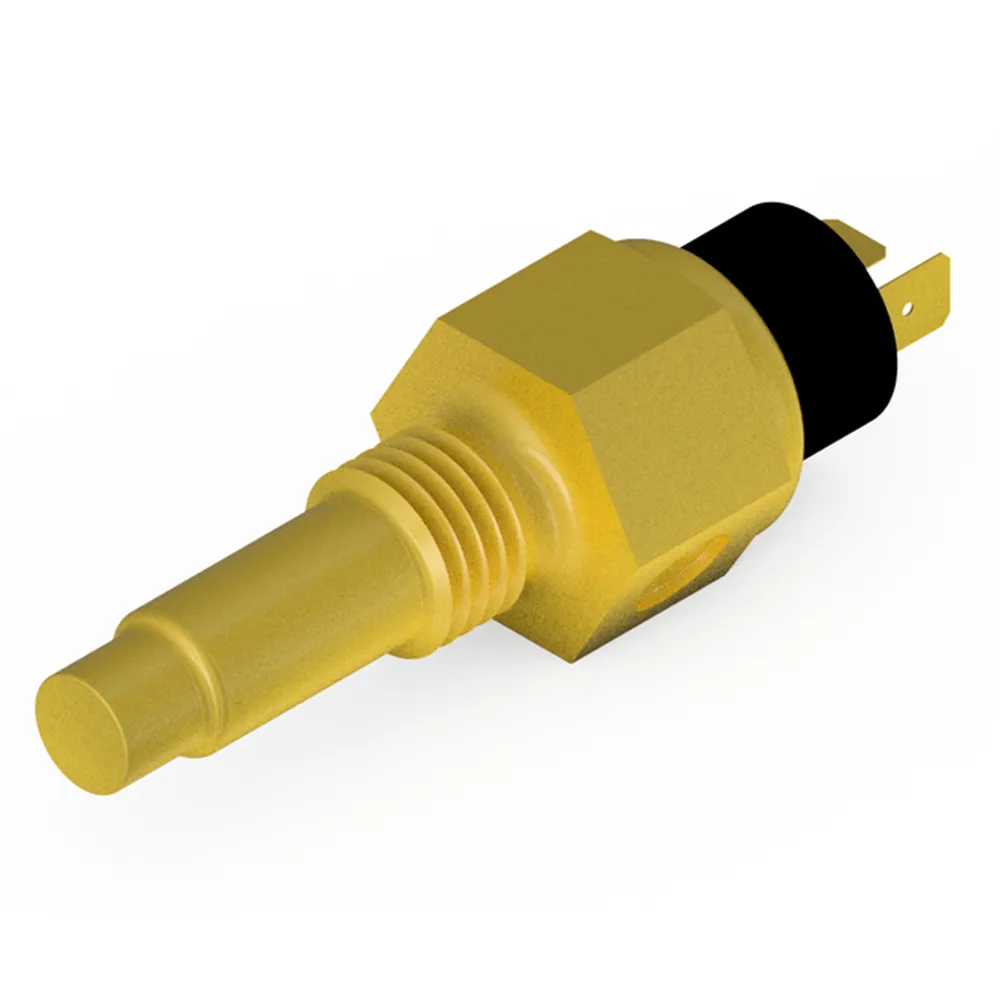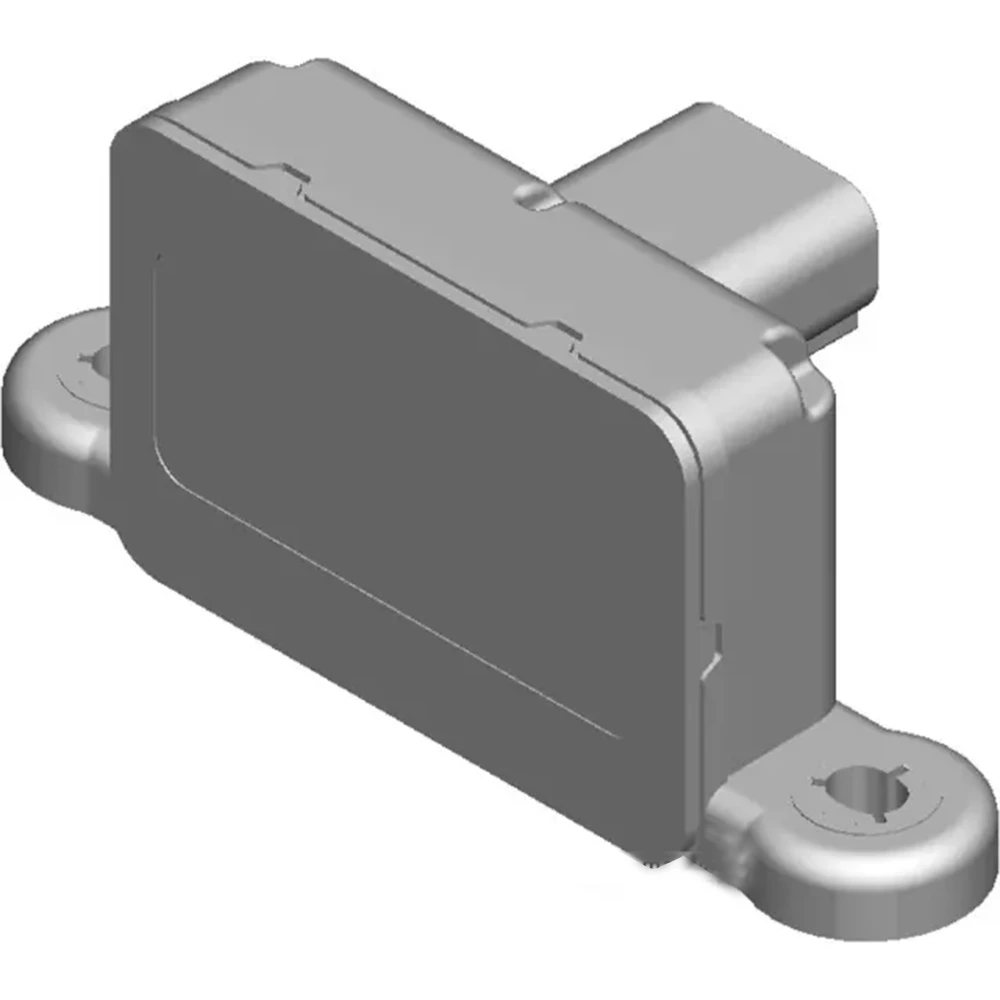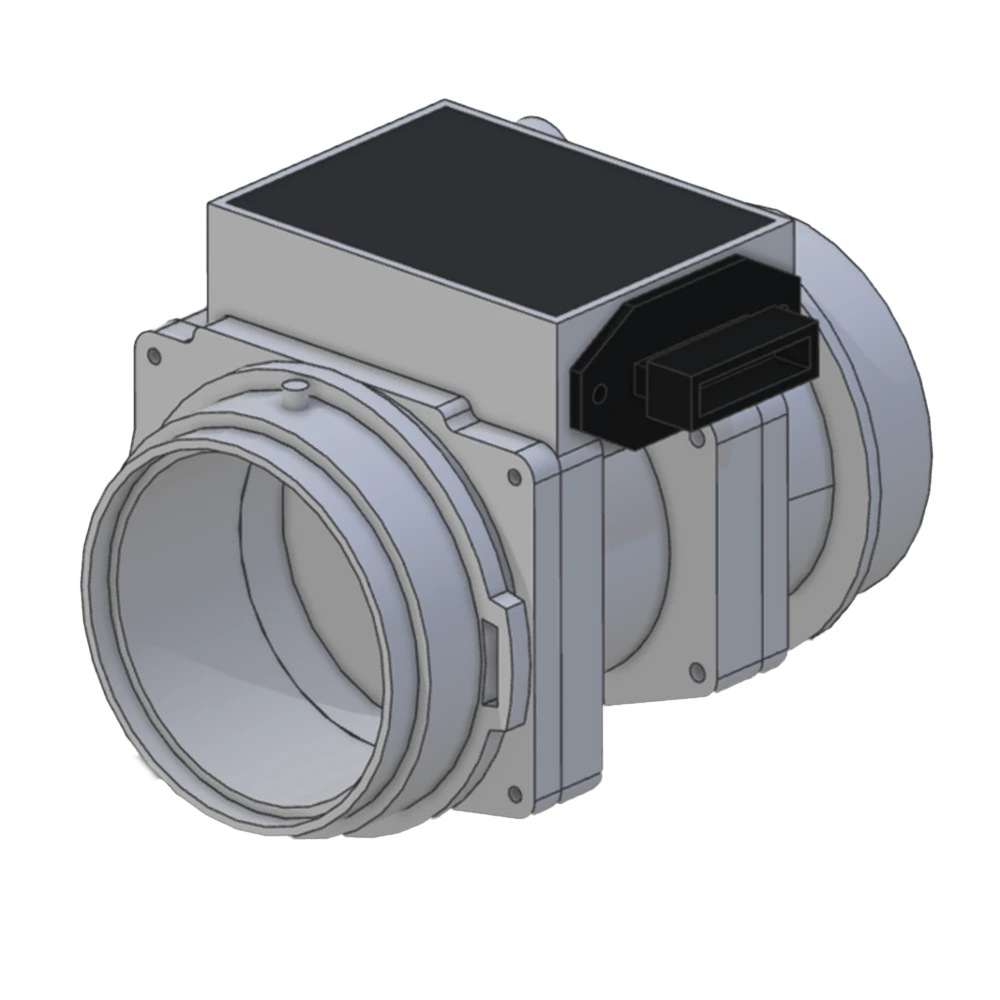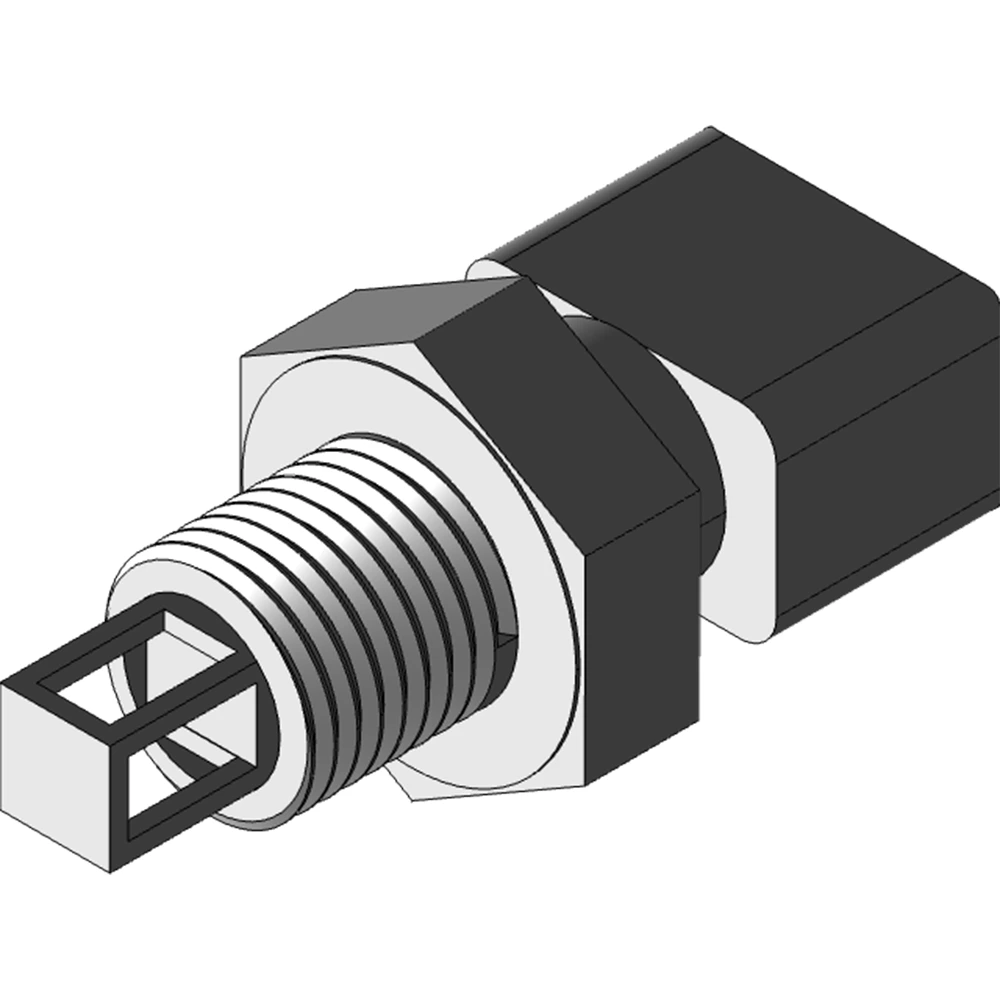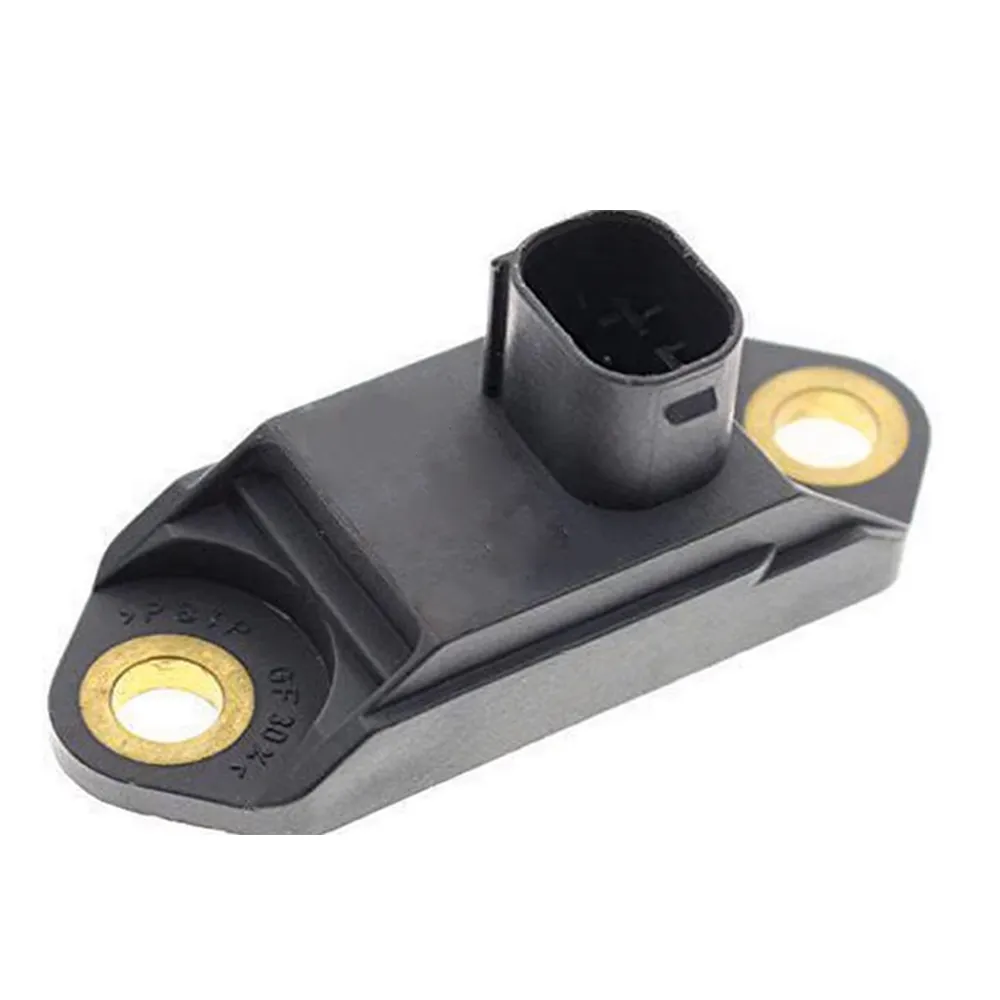In today’s rapidly evolving automotive landscape, understanding where a yaw rate sensor fits within various vehicle segments is critical for buyers and engineers alike. This article introduces how yaw rate sensors are positioned across passenger cars, commercial vehicles, and the aftermarket, and highlights their fundamental roles in vehicle stability and safety systems.
Product Positioning
- Passenger Vehicle Market
- Main Ranges: ±150°/s, ±200°/s
- Typical Applications: ESP/ESC (Electronic Stability Program/Control), slip warning, high-end ADAS systems
- Commercial Vehicle Market
- Larger Ranges: ±300°/s and above
- Typical Applications: Heavy trucks and buses for dynamic control and rollover prevention
- Aftermarket & Retrofit Market
- Universal module design for rapid “retrofit upgrades” on various vehicle brands
- Compatible with multiple bus interfaces (analog output, CAN, LIN) to meet needs of retrofit workshops and individual users
Core Functions
- Real-Time Angular Velocity Measurement
- Outputs a voltage or digital signal proportional to vehicle yaw rate
- Typical ranges: ±150°/s, ±200°/s, ±300°/s (customizable higher ranges available)
- Built-In Filtering & Signal Pre-Processing
- Hardware low-pass filter (usually 2nd or 4th order) to remove high-frequency noise
- Digital filtering algorithms (e.g., Kalman filter or first-order complementary filter) for stable output
- Temperature Compensation
- Integrated temperature sensor for automatic zero-bias and sensitivity drift correction over –40 °C to +125 °C
- Some high-end models include dual temperature sensing (chip-embedded + external) for even greater accuracy
- Self-Diagnostic & Fault Detection
- DTC (Diagnostic Trouble Code) functionality for internal over-temperature, abnormal power consumption, or MEMS malfunction
- Certain models offer a “Status Pin” to output a live HIGH/LOW signal indicating sensor operation or fault condition
Typical Applications
- ESP/ESC (Electronic Stability Program/Control)
- Works alongside steering angle, wheel speed, and accelerometer data to detect oversteer or understeer
- When excessive yaw is detected, the ECU intervenes by braking individual wheels or adjusting engine torque to correct vehicle trajectory
- ADAS & Autonomous Driving
- For Level 2/3 and above, yaw rate data fuses with GPS, wheel speed, and camera inputs to improve trajectory tracking accuracy
- Crucial for precise lateral control during emergency maneuvers and cornering
- Slip Warning & Active Safety
- Detects slip tendency on slippery or low-friction surfaces by comparing actual motion direction with steering input
- Can trigger driver alerts or automatic braking/torque reduction to enhance safety
Series Navigation:

